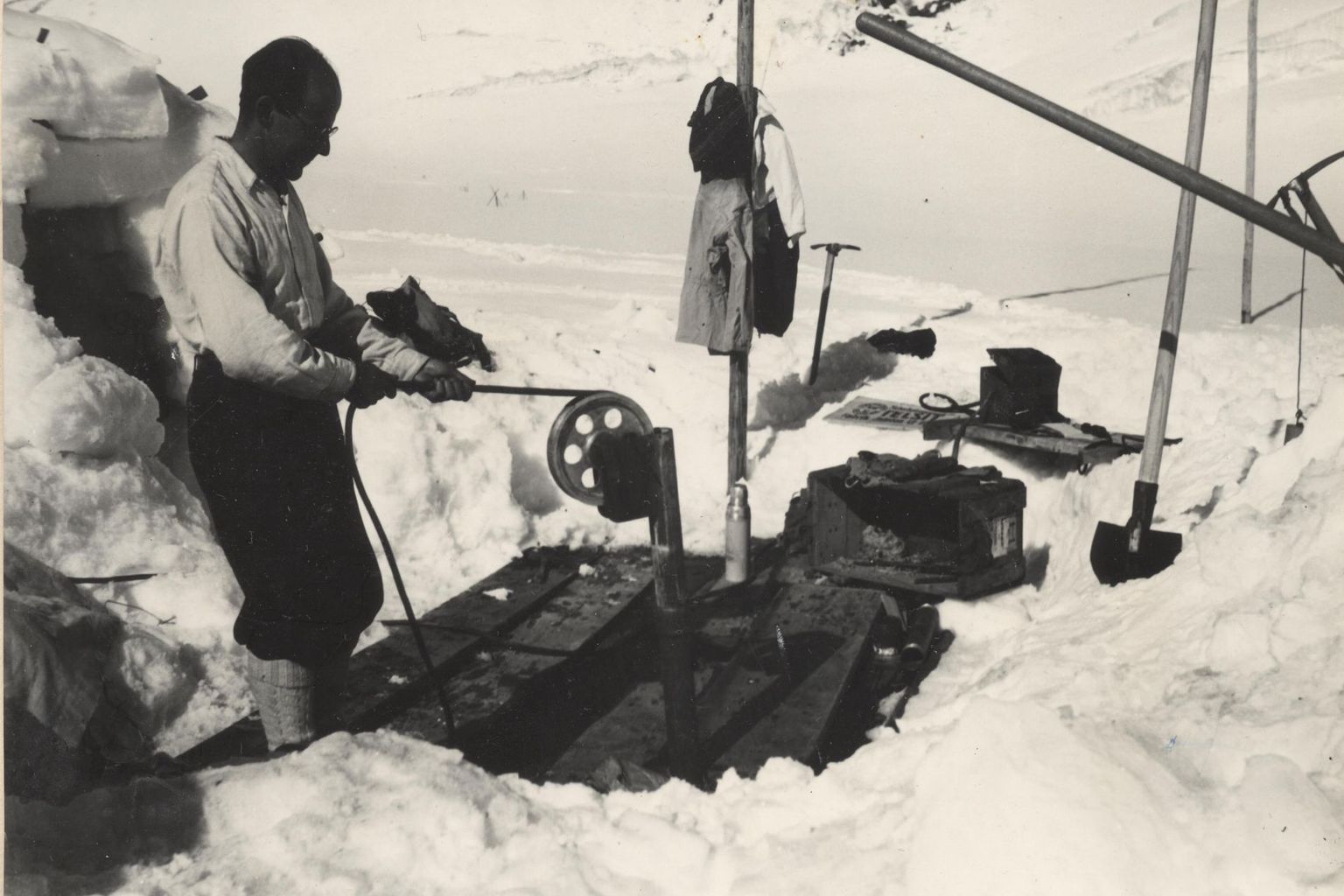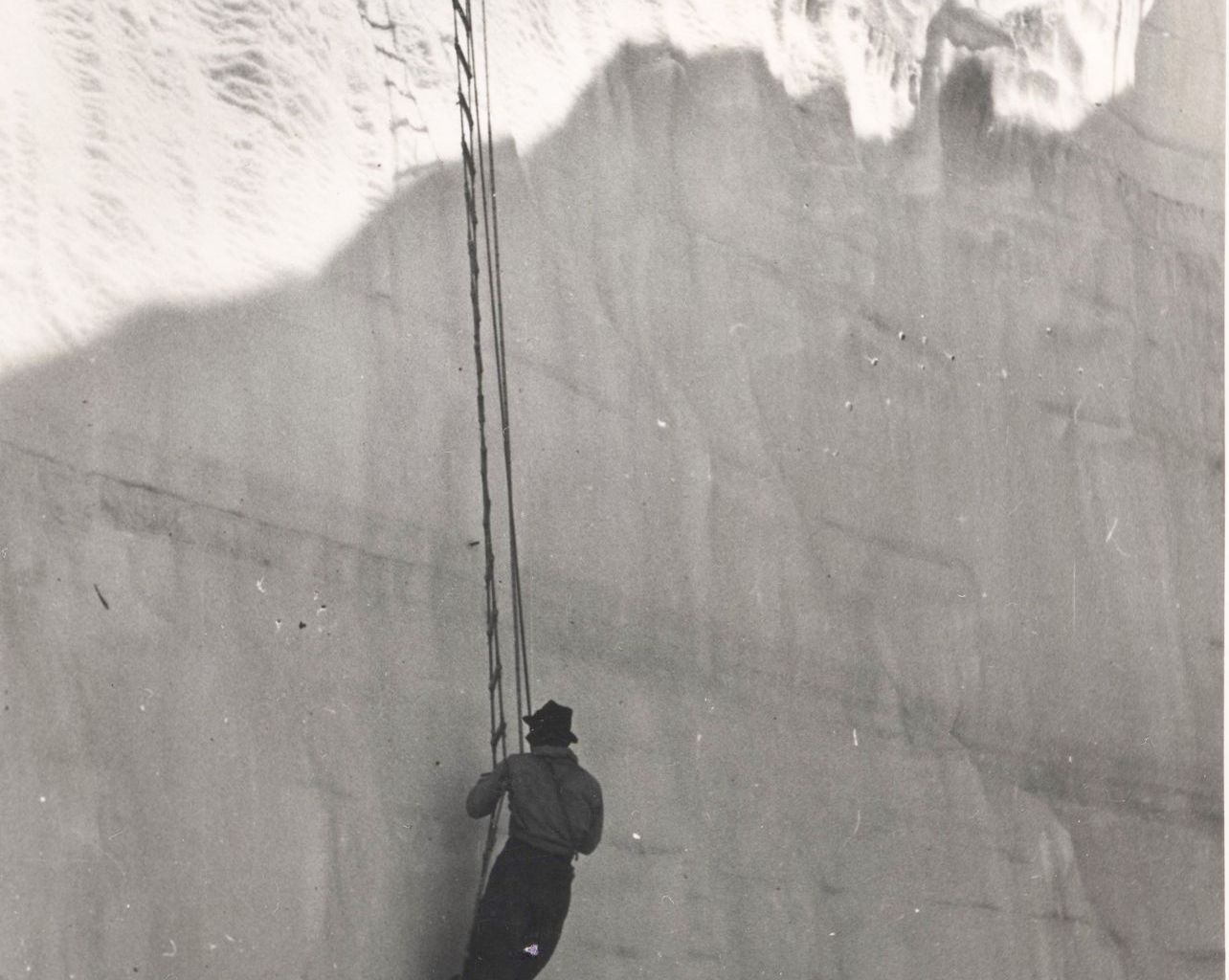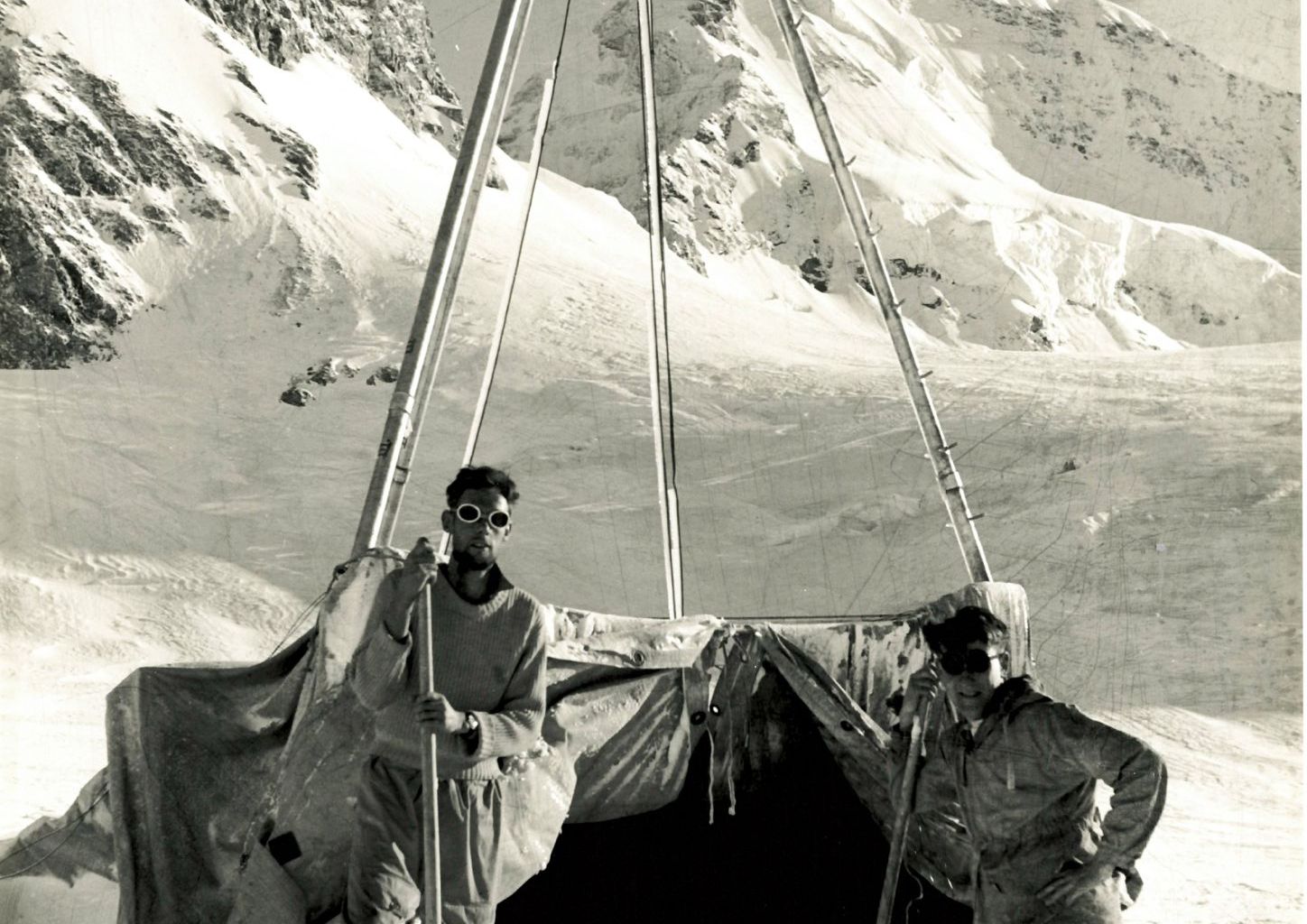Chemical Landmark 2019
The High Altitude Research Station Jungfraujoch
is the «Chemical Landmark 2019». The eleventh award for a historical site of chemistry goes to the international research station on the Jungfraujoch.
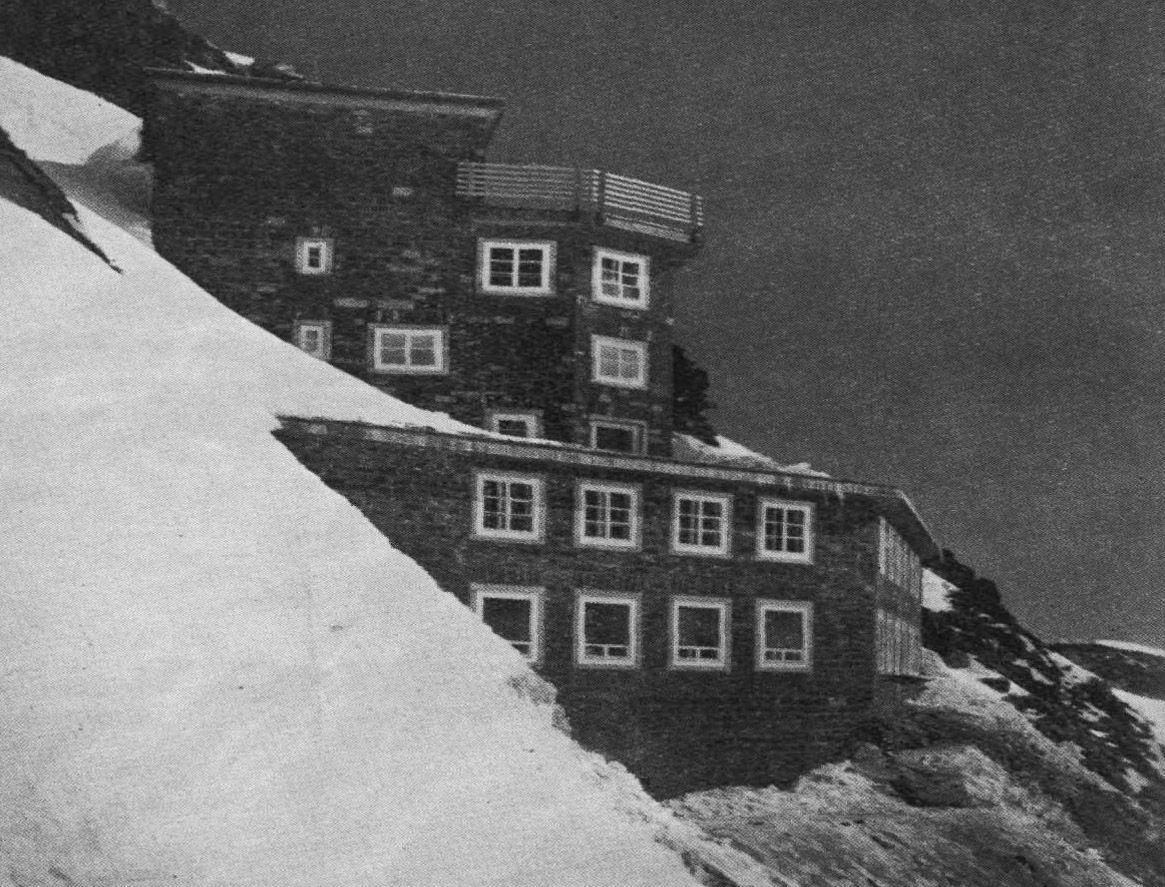
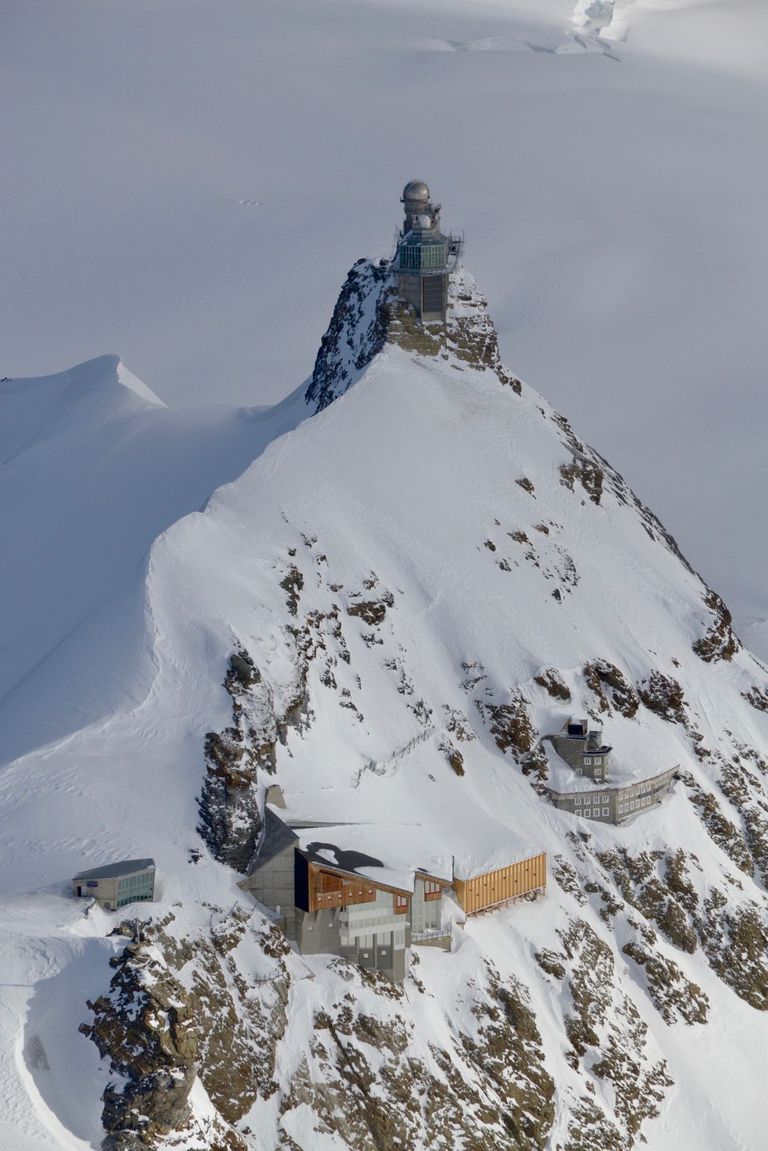
At a time when many European countries were sealing themselves off, Switzerland opened the Jungfraujoch research station with an international focus. Since its inauguration in 1931, the research station has been open to scientists from all over the world. It thus established Switzerland's reputation as an open host country with excellent research facilities. Several Nobel Prize winners have carried out research there.
At the beginning, the focus of research was primarily on high-altitude medicine and radiation physics. Patrick Blackett and Cecil Powell perfected the measurement of cosmic radiation there independently of one another. This led to fundamental insights into the behaviour of matter particles. The two Englishmen were each awarded the Nobel Prize in Physics (Blackett 1948 and Powell 1950) for their work based on these findings. The precise determination of the sun's radiation spectrum by the Belgian Marcel Migeotte also succeeded at the research station at 3450 metres above sea level. Thanks to this knowledge, it is now possible to monitor whether measures to protect the ozone layer or reduce greenhouse gases are working. This is because the spectrum of sunlight changes depending on the composition of the earth's atmosphere. The European Physical Society also awarded the research station the title "EPS historic site".
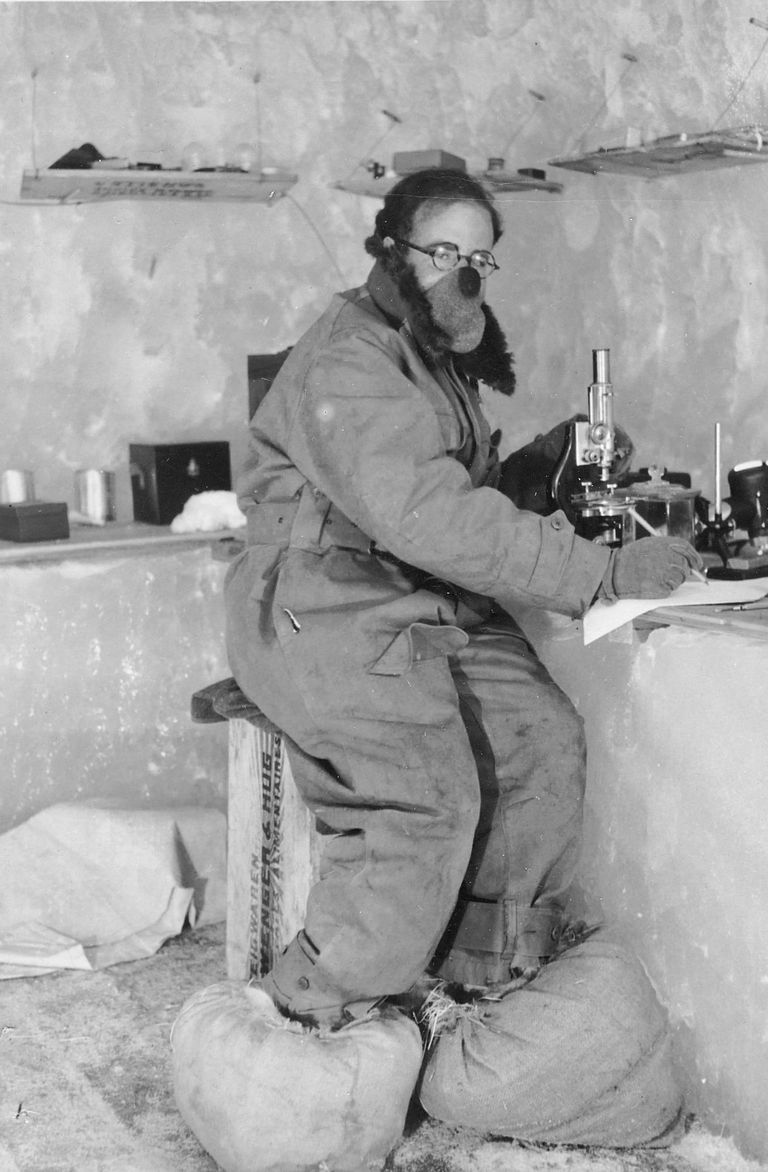
Research financed by the ski club
The 1962 Nobel Prize in Chemistry for deciphering the molecular structure of the blood pigment haemoglobin also leads to the Jungfraujoch. Max Perutz, an Austrian researcher from Cambridge, England, studied the structures of ice and glaciers there. His crystallographic search for connections between function and molecular structure runs through his career, from ice to biomolecules. As a passionate mountaineer, Perutz enjoyed working in high alpine regions. This passion also paid off in other ways: the Ski Club of Great Britain and the Alpine Ski Club supported the young researcher financially.
Focus shifts to environment and climate
Since then, the Jungfraujoch has not only changed its financing options, but also its research priorities. Initially, the focus was on meteorology, altitude medicine, astronomy and radiation research. Today, the focus is on interdisciplinary environmental and climate research, in particular physicochemical analysis. Scientists are particularly interested in the state of the atmosphere and how changes affect it. Most of the measurement data reaches the workplaces in the valley directly via the Internet. More than 100 parameters are measured in the 50 or so ongoing projects. The research station is part of the Global Atmosphere Watch network and acts as a key station in various national, European and global networks.

